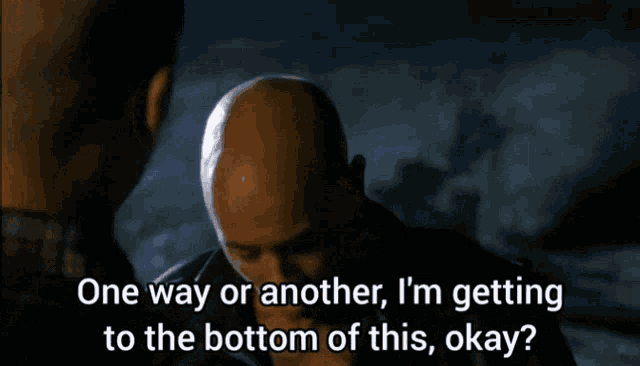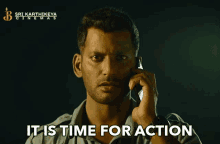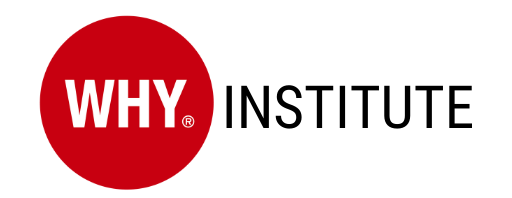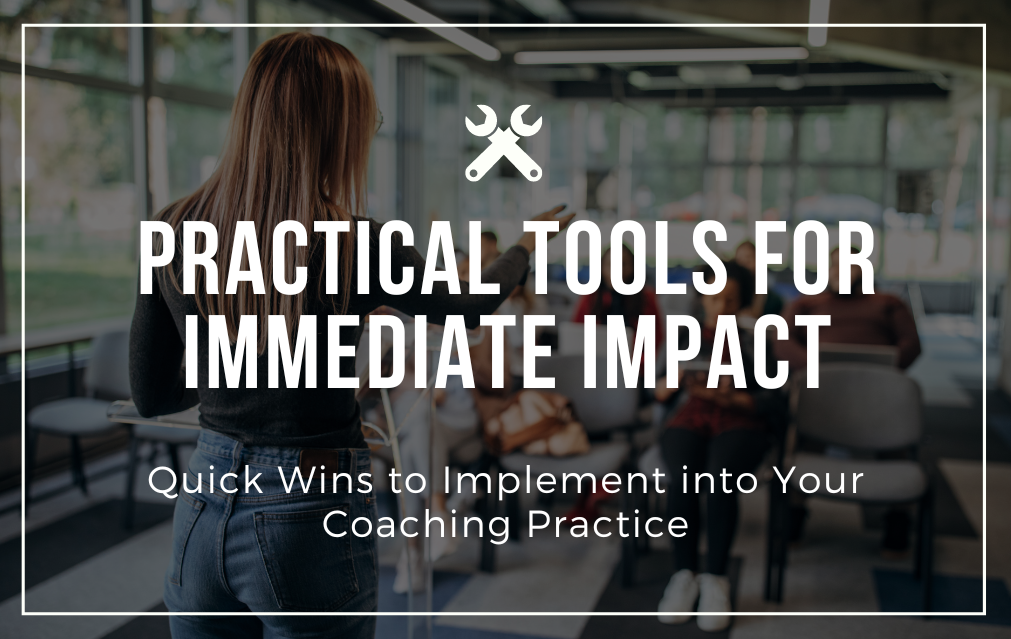You’re a dedicated coach, passionate about helping your clients achieve their goals and making their dreams a reality. However, you’ve noticed a recurring challenge – it often takes several sessions to truly connect with your clients and start making a meaningful impact. This delay not only tests your patience but also hinders the transformative progress that both you and your clients want, potentially costing valuable time, resources, and opportunities. Your clients may start out full of hope and motivation, however, as sessions unfold with slow progress, their motivation dwindles, replaced by frustration and dissatisfaction. Without wins, clients may start questioning the value of your coaching, potentially leading to disengagement, lost trust, and ultimately, the loss of valuable client relationships. Moreover, the inability to make an immediate impact can have significant repercussions for your business, as negative word-of-mouth from dissatisfied clients can hurt your brand and potential referrals.
Additionally, the time and energy spent navigating these initial hurdles detract from your ability to focus on guiding clients towards meaningful breakthroughs. Ultimately, the cost of not being able to make an impact quickly and effectively extends beyond individual coaching sessions, affecting the heart of your coaching practice and the lives of your clients. However, within this challenge lies an opportunity for growth and innovation. By embracing practical tools tailored to build connections and facilitate immediate impact, you can reduce risks and find new pathways to success. This allows for you to win, your clients to win, and your business to win.
We’ll get to the bottom of it by exploring practical tools that can help you make an immediate impact in your coaching sessions.

The Challenge: Building Rapport and Making an Impact
Building rapport and making a meaningful impact with clients can be challenging, particularly in the early stages of the coaching relationship. Clients may be hesitant to open up, and it can take time to establish trust and mutual understanding. As a coach, you want to make a positive impression and demonstrate value from the very first session. However, without the right tools and techniques, it can feel like an uphill battle to truly connect with your clients and help them achieve their goals.
Sometimes it can feel like…

So What Tools Can Actually Help?
First: Assessments
When it comes to assessment tools, there are plenty of options to choose from, and everyone says ‘Start with WHY’, so maybe we should start there too. The WHY Institute’s WHY.os Discovery is a great option, offering a quick assessment that can uncover a client’s WHY, HOW, and WHAT (what they call the WHY.os) in less than 10 minutes. It’s like having a secret client decoder that reveals the core motivations driving your clients’ actions and decisions. Of course, there are other tried-and-true assessments out there, like the Myers-Briggs Type Indicator (MBTI), DISC assessment, and StrengthsFinder. Each of these tools provides valuable insights into different aspects of personality, behavior, and strengths, helping coaches tailor their approach to meet the unique needs of their clients. So whether you’re delving into the depths of WHY or exploring the intricacies of personality types, there’s no shortage of assessment tools to choose from. You just have to decide what’s best for you and your clients.

Second: Visualization Exercises
Visualization exercises are powerful tools for coaches looking to inspire and motivate their clients from the very beginning. By guiding clients through visualization techniques, coaches can help them clarify their goals, envision success, and overcome limiting beliefs or obstacles. Whether it’s creating a vision board, practicing guided imagery, or visualizing future achievements, these exercises tap into the power of the mind to ignite passion, focus, and determination in clients, setting the stage for meaningful progress in their coaching journey. These may seem silly at first, but they are known to be very effective for long term goal setting and belief building.

Third: Active Listening Techniques
Active listening is a fundamental skill for coaches seeking to connect with their clients on a deeper level and truly understand their needs and perspectives. By practicing active listening techniques such as reflective listening, paraphrasing, and summarizing, coaches can demonstrate empathy, validation, and genuine interest in their clients’ experiences. This fosters trust and rapport, creating a safe and supportive environment where clients feel heard, understood, and valued. Active listening lays the foundation for effective communication and collaboration, enabling coaches to tailor their approach and interventions to meet their clients’ unique needs and goals.

Fourth: Action-Oriented Strategies
Action-oriented coaching strategies focus on setting clear goals, developing actionable plans, and tracking progress towards desired outcomes. By helping clients identify specific actions, milestones, and deadlines, coaches can empower them to take ownership of their goals and commit to concrete steps towards success. Action-oriented coaching emphasizes accountability, momentum, and results, driving clients to take immediate action and make meaningful progress in their personal or professional lives. Whether it’s setting SMART goals, creating action plans, or implementing accountability measures, these strategies provide a structured framework for coaching sessions and ensure that clients leave each session with a clear sense of direction and purpose.

Implementing These Tools Into Your Practice
Practical Tips for Integration
Integrating immediate impact tools into your coaching practice requires intentionality, creativity, and adaptability. Start by familiarizing yourself with the different tools and techniques available, and consider how they align with your coaching style and clients’ needs. Experiment with incorporating one or two tools into your sessions and observe the impact on client engagement, progress, and satisfaction. Be open to feedback from your clients and be willing to adjust your approach as needed to optimize results. Remember that Rome wasn’t built in a day, and mastery of these tools takes time and practice. Stay committed to continuous learning and improvement, and you’ll soon reap the rewards of your efforts in the form of enhanced coaching effectiveness and client outcomes.
Test it Out With a Few Clients
You can put these tools into practice right away by trying it out with a small group of clients or friends who are open to it. Let them know that you’re eager to experiment with some fresh coaching techniques and ask if they’d be down to give them a try. It’s a fun way to learn together and get some valuable feedback. By being upfront about your intentions and getting their consent, you’re showing respect for their input while also diving into an exciting learning adventure. As you get more comfortable with these tools and gather insights, you can start incorporating them into your coaching sessions with a broader range of clients, making adjustments based on the feedback you receive.

What Does This All Mean?
Making an immediate impact in coaching sessions requires the use of practical tools and techniques that facilitate connection, understanding, and progress from the start. By incorporating assessment tools, visualization exercises, active listening techniques, and action-oriented strategies into your coaching practice, you can elevate your sessions, build stronger relationships with your clients, and accelerate their journey towards success.
As you continue on your journey to enhance your coaching effectiveness, I encourage you to explore and implement these immediate impact tools in your coaching practice. Experiment with different tools and techniques, and observe the impact on client engagement, progress, and satisfaction. Remember that every coach-client relationship is unique, so be flexible and adaptable in your approach. By prioritizing the use of immediate impact tools, you can make a lasting difference in the lives of your clients and establish yourself as a trusted and effective coach in your field.

